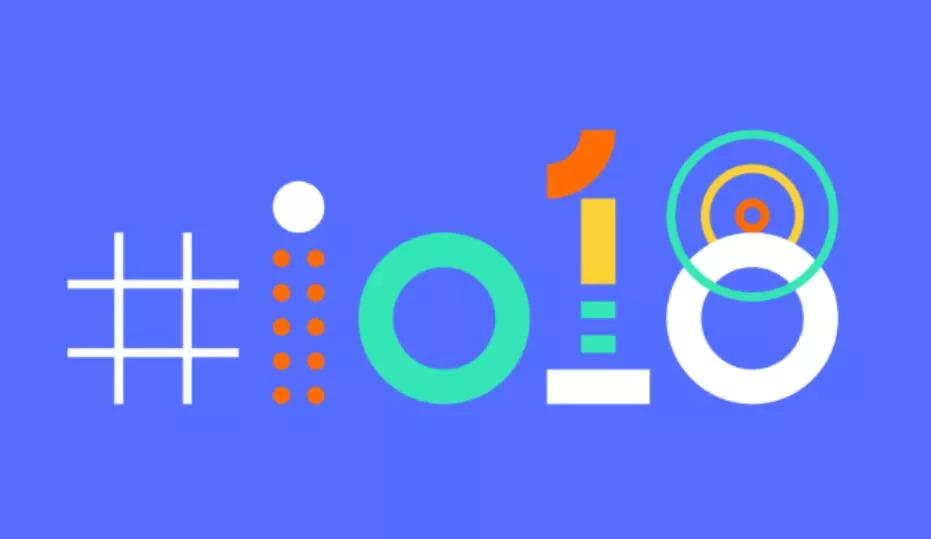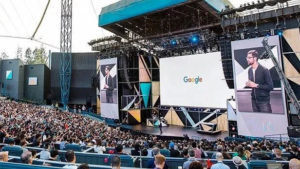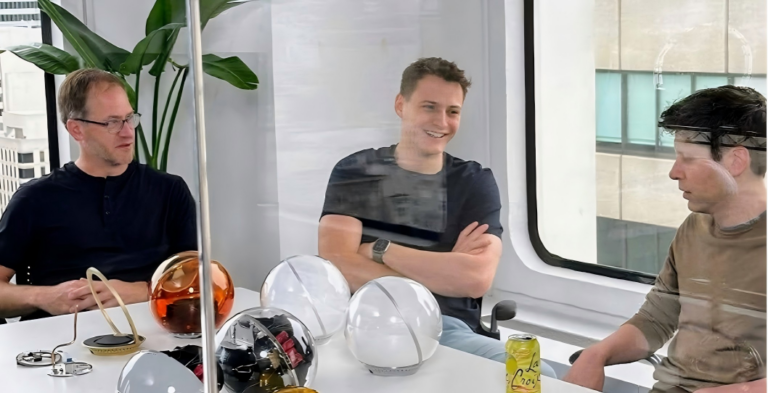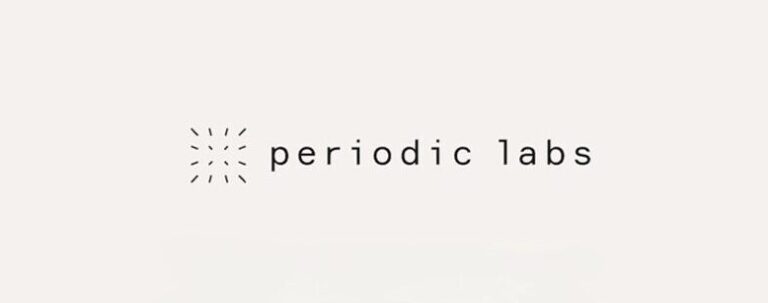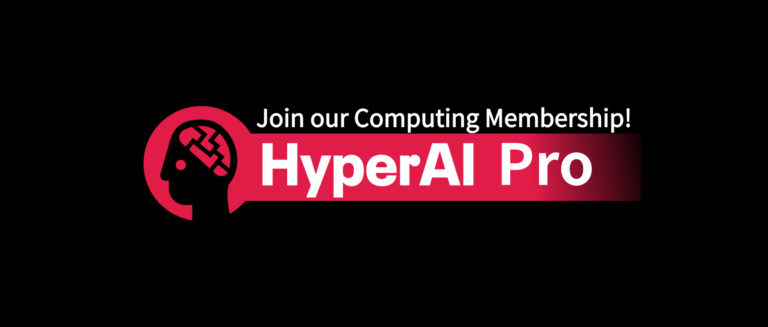Google I/O is an annual conference for web developers held by Google. Innovation in the Open The focus of the discussion is on developing network applications using Google and open network technologies. Usually at the conference, Google will release some of its latest software and hardware products or technologies, and share with developers the technology trends for the next year.
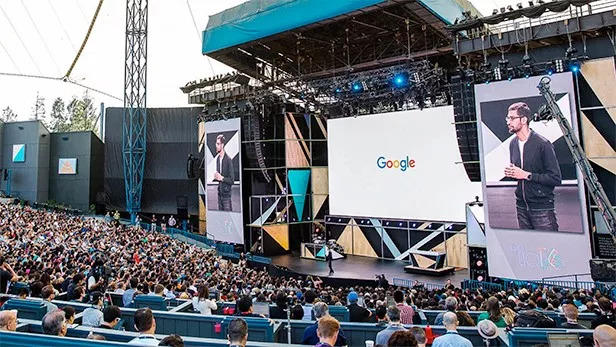
The first Google I/O was held in 2008, and so far there have been nine conferences, usually held in San Francisco, California. This year's 2018 Google I/O conference on May 8-10 is the eleventh year of Google I/O.
Next, let’s review what killer products were released at previous Google I/Os.
The first Google I/O (2008)
-
Google Web Toolkit (GWT) 1.5 release candidate is released;
-
Google App Engine (GAE) will be free for everyone, with pricing for some paid projects announced.
The release of GWT and GAE not only reduced development difficulty and cost, but also improved product performance, making website and application development more efficient.
Second Google I/O (2009)
Many familiar products were announced: Android, App Engine, Chrome, Google Web Toolkit (GWT), OpenSocial, Google AJAX APIs and Google Wave.
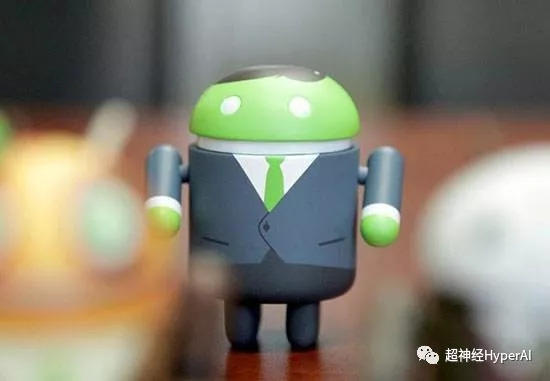
Among them, the Android system officially entered the public eye and was applied, and the Chrome browser was given more functions and became more open source.
Google I/O 3 (2010)
Android 2.2 was released, and WebM and VP8 became open source.
Android 2.2 solves many problems that existed in the previous Android system, improves system performance, and adds many new features such as 3G network sharing, Flash support, application store, etc. App2SD also appears in Android 2.2.
Google I/O 4 (2011)
This year's Google I/O revolves around Android, Chrome and Chrome OS.
-
Android 3.1: The biggest change is the merging of the mobile phone system and the tablet system, making it easier for developers to develop applications in a unified manner. In addition, the Beta version of Google Music was released, challenging Amazon Cloud Player and Spotify music streaming services;
-
Chrome: The conference announced the latest Chrome statistics, demonstrated the Chrome-based game "Angry Birds", and reduced the Chrome Web Store application revenue from 20% to 5% to further reduce developer costs;
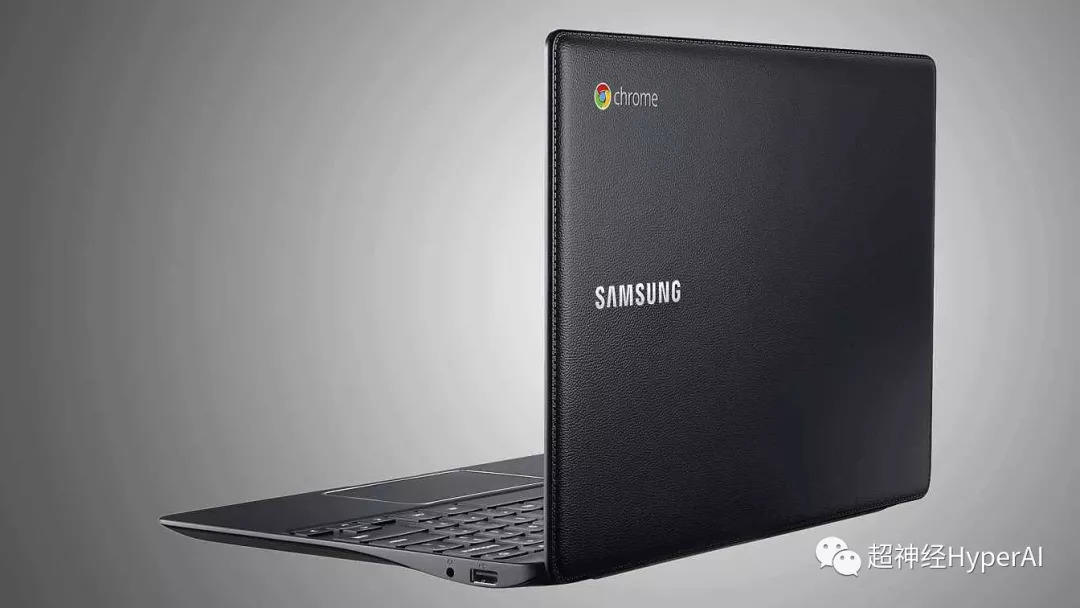
-
Chrome OS: Google showed off two Chromebooks made by Samsung and Acer that are based on Chrome OS.
Google I/O 5 (2012)
The conference announced Android 4.1, the Nexus 7 tablet and Google Glass.
Android 4.1 added the "Butter Project", which makes the system run more smoothly and fluently, which can be said to be an important improvement to the Android system. In addition, Android 4.1 also updated the Google Now voice assistant, which can provide practical functions such as hotel reservations and weather inquiries based on the user's geographic location and search history.
Google's first self-branded tablet, Nexus 7, was released, but sales were average. Google Glass started Google's attempt at wearable devices, which was hotly discussed in the society.
Google I/O 6 (2013)
Although Android did not announce a new system, it launched Android Studio and expanded the Android ecosystem, which is of great significance.
The social platform Google+ and the entertainment platform Google Play have been updated. It was also announced that Google Play for Education, which focuses on education, will be launched soon.
Google Maps has received a major update. The new UI design makes the interface cleaner, the map information richer, and the search smarter.
The 7th Google I/O (2014)
This is Google's largest and most complete upgrade and expansion in recent years.
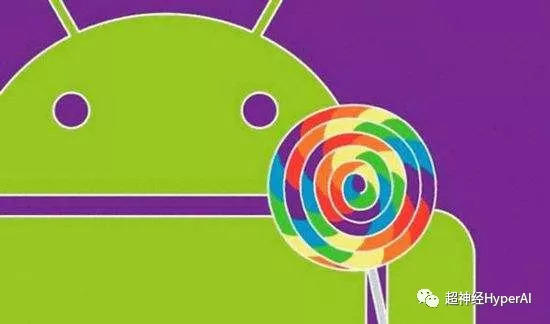
-
Android L (lolipop) released: new icons + 5,000 new APIs, improving performance and expanding the scope of application.
-
Android Wear SDK: allows developers to quickly write programs that run on watches, promoting the development of Android wearable devices, including LG G Watch, Samsung Gear Live, Moto 360, etc.
-
Android Auto: In the field of driving, with Google Now, the driving process will be safer and more convenient.
-
Android TV: In addition to the minimalist interface and voice control, it can also be used with other Android devices.
-
The new Chrome OS: Android and Chrome OS are integrated, and native Android apps can run directly on Chrome OS, becoming a healthy ecological chain platform.
-
Google Office: Google Slides will be launched on Android, and Quickoffice can edit and save Microsoft Office files locally, challenging Microsoft Office.
The 8th Google I/O (2015)
The preview version of Android M (6.0) was released, which is similar to Android L, but better than the former, and has been optimized for data saving for developing countries.
Android studio 1.3 was released, supporting NDK development. The NDK plug-in is based on JetBrains CLion and developers can use it for free, further expanding the ecosystem.
Android everywhere shows that in addition to being used in the mobile phone field, Android can also be used in smart wearables, smart homes, smart payments, etc.
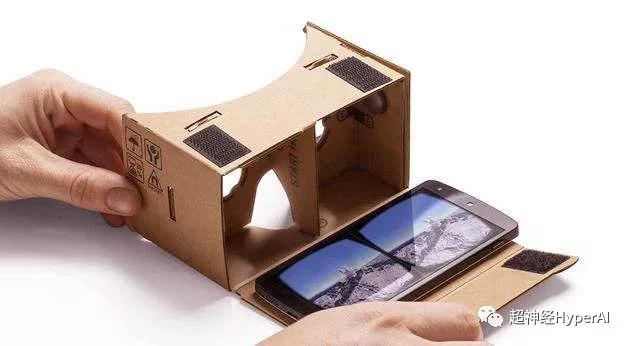
VR (virtual reality) has become a new trend, and Google Cardboard is finally compatible with Apple systems. In addition, Google's Jump shooting tool can generate very realistic virtual reality scenes.
The 9th Google I/O (2016)
Android N was released (also called 7.x), mainly for updates and optimizations.
Hardware:
-
Google launches a new smart assistant based on Google Now, artificial intelligence and machine deep learning - Google Assistant;
-
Google Home is launched: a smart home product based on Google Assistant;
-
Allo and Duo: two instant messaging apps based on artificial intelligence and machine deep learning;
-
Daydream: Mobile VR platform, and launches related VR controllers and VR standards.
In terms of software, it is mainly for Android system:
-
Improved performance, security, and productivity of Android N;
-
Android Wear has been updated to version 2.0 preview, with a new UI and support for running standalone apps;
-
Android Studio was updated to 2.2, and the high-quality free Firebase cloud service platform was updated;
-
Announced the project under development - Android Instant Apps, which can run Android applications instantly without downloading;
The 10th Google I/O (2017)
Android O (8.0) released: smarter and more useful, able to connect to all kinds of Android devices. In addition, Google proposed the Android Go plan, hoping to allow more low-configuration devices to run the Android system.
AI Products:
-
Released the second-generation Tensor Processing Unit (TPU), a chip designed specifically for machine learning, which was successfully used in AlphaGo;
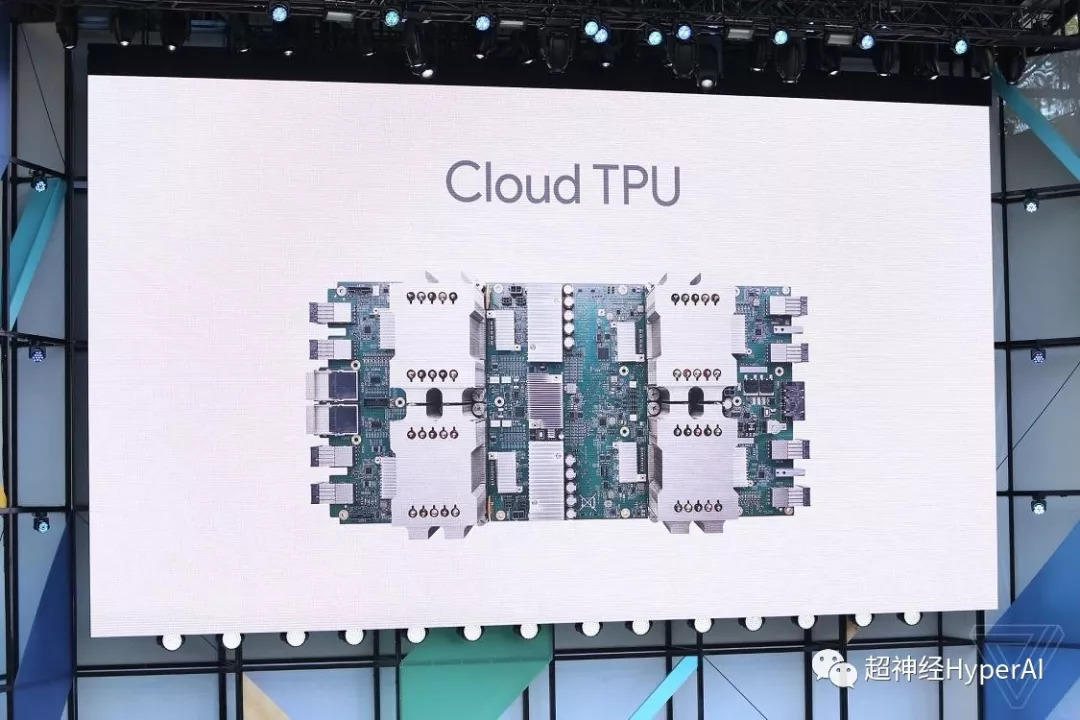
-
Google Lens: an AI application based on image recognition and OCR technology that can identify objects by looking at images;
-
New Google Assistant: successfully landed on iPhone, with more powerful functions and wider application scenarios;
-
Upgrade Google Home: No hardware update, but a better interactive experience;
-
Google Photos: Sharing is smarter.
AR & VR:
AR platform Tango cooperated with Google Map to launch an indoor positioning service VPS (visual positioning service), which can achieve accurate positioning indoors without satellite signals;
Launched a standalone VR headset that no longer relies on third-party hardware devices.
The above is a summary of the products of the previous Google I/O conferences. Almost every conference has black technology. The 11th Google I/O in 2018 is coming. What changes will the Android system usher in? What breakthroughs will Google make in the fields of artificial intelligence, deep learning, etc.? Will it release some new products?
All of this will be revealed at the old venue, Shoreline Amphitheatre in Mountain View, California, from May 8 to 10, 2018.
